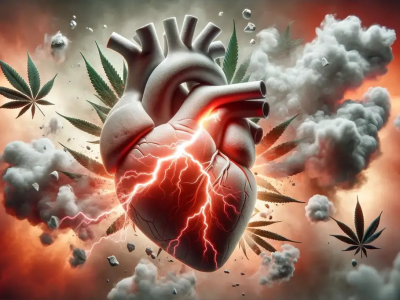Vaporizers are devices which permit you to literally vaporize cannabis instead of smoking it. We are talking real sci-fi stuff here. There are some of the drawbacks of Vaporizing. For one, not many studies have been done on the health impact of vaporizers, meaning that little is known about their long-term effects.
Another drawback is their appeal to non-smokers. Critics argue that the availability of vaporizers may lead more people to use cannabis who would otherwise be turned off by the idea of smoking.
Overall though, most experts seem to agree that vaporizing is possibly safer and healthier alternative to smoking. A huge question that we also get asked is if vaping is safer than smoking and the short answer is maybe.
The truth of the matter is that the way things are made these days, nothing is really “safe”. You basically have to pick the least riskiest option and go with it. I’m not here to be pitch men; just to give it to you straight.
Vaporizers may convert 46% of obtainable THC into vapor. And the average joint? We are talking under 25% of THC. I am not a rocket scientist or anything, yet that huge discrepancy potentially has something to do with the truth that a cannabis plant will combust at 392°. How about a joint? Joints may reach a temperature in excess of 2,000°. However, vaporizers– they’re made to hit that sweet spot of about 338°—slightly above the 285° needed for cannabinoids to vaporize.
So there are two ways that vaporizers extract the active ingredients from the material (tobacco, marijuana, etc) and turn them into vapor:
Conduction. This is where your plant matter is heated up by being in contact with something that is already hot.
Convection. This is when hot air is blown over your plant matter in order to make it hot.
Conduction was the very first method, and it worked decently, but it suffered from a major design flaw. Wanting to know how does a vaporizer work implies that it is doing it’s primary job, which is transmitting active ingredients of an herbal material without burning it to the smoker. The conduction method was only able to heat the essential oils of a single part of the herbs, leaving the rest untouched. Turning up the heat would cover more area, but then it would overheat the part that was actually in contact with the hot material, occasionally to the point of combustion. Obviously, this eliminates the purpose of vaporizing and wasn’t as effective.
Convection, on the other hand, is much more reliable. Since they use heated air to boil the essential oils on the herbs, you get a much more even vaporization, with even parts of the plant that are buried at the center of the mass getting exposed to heat. However, they also tend to be thermostatically controlled because adjusting air temperature is much harder, so they are generally more expensive as a result.


